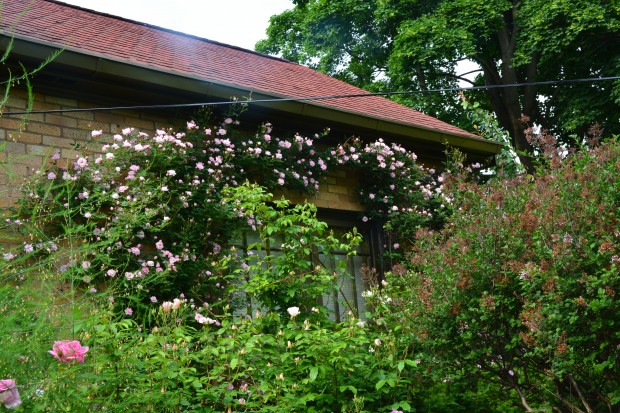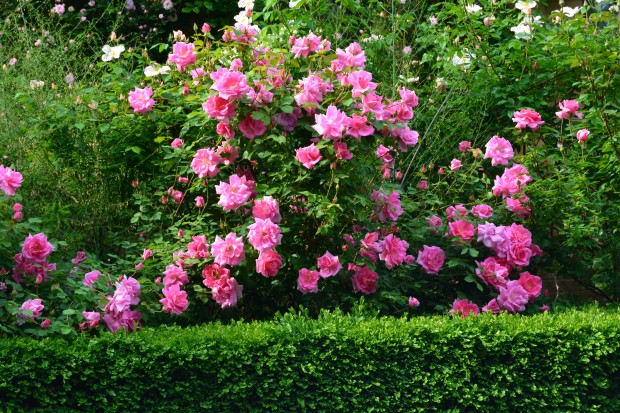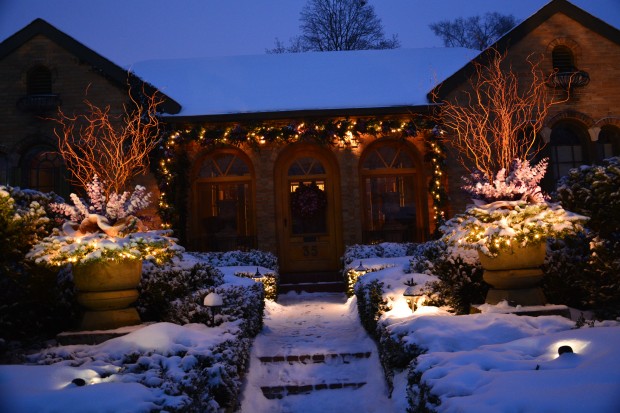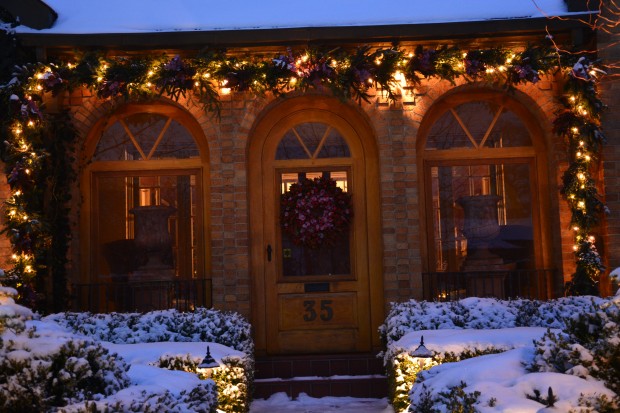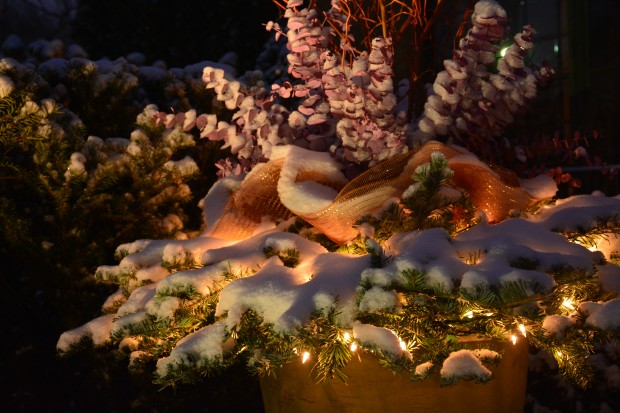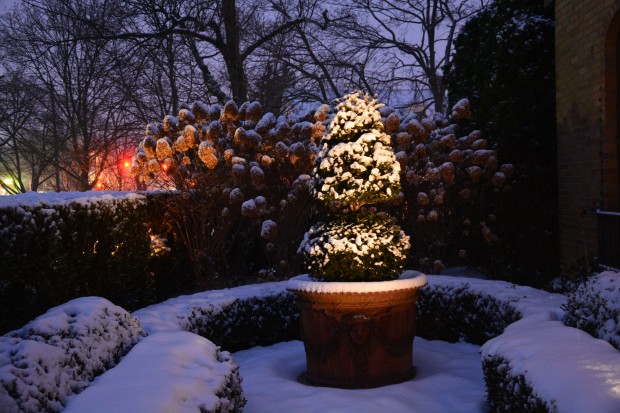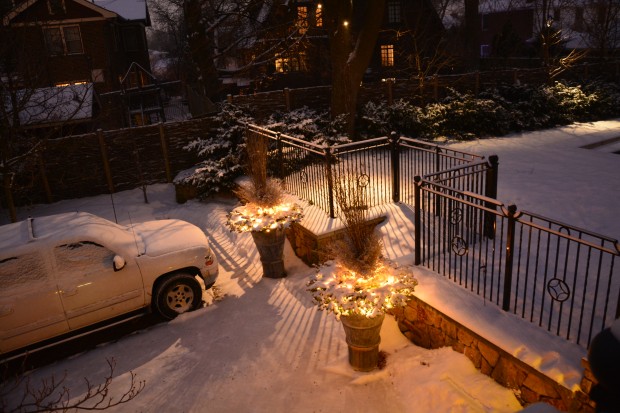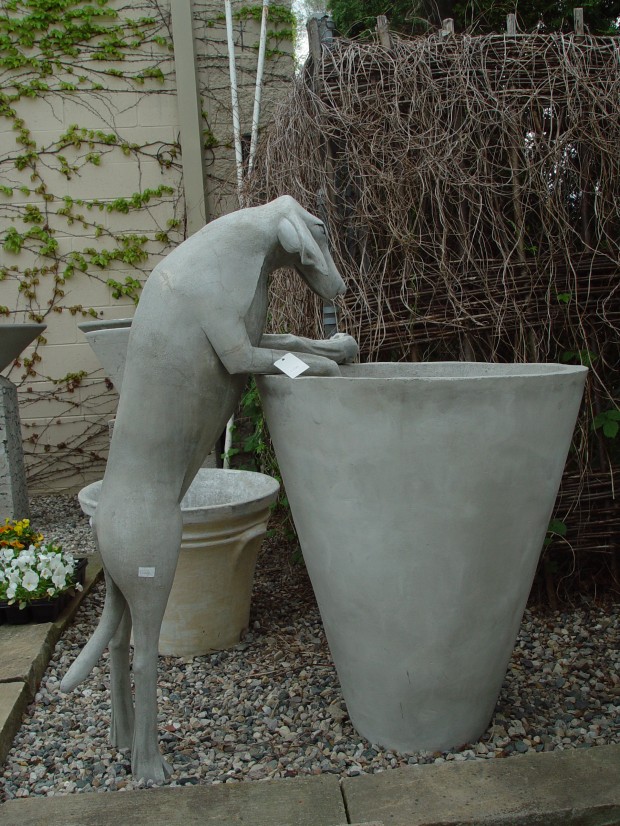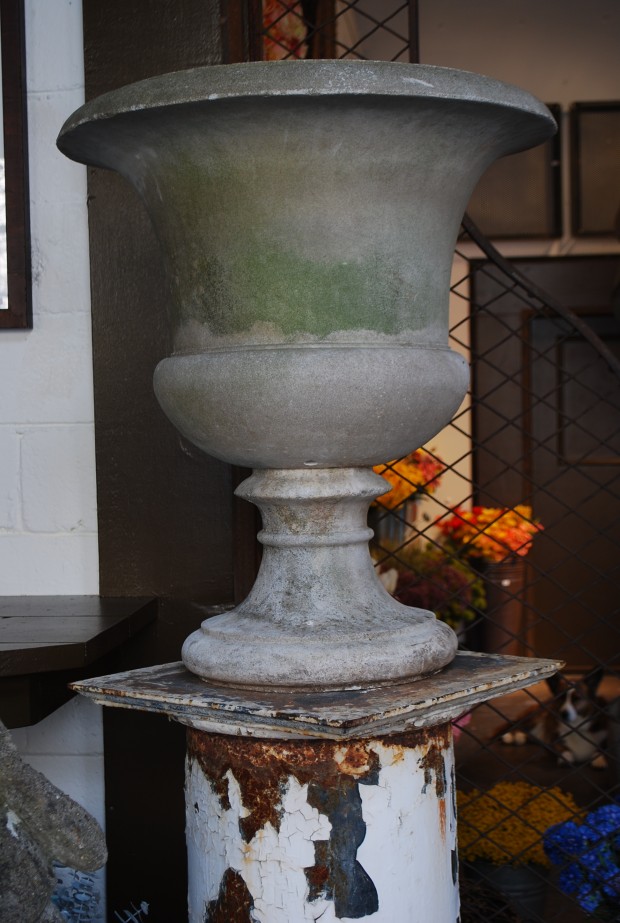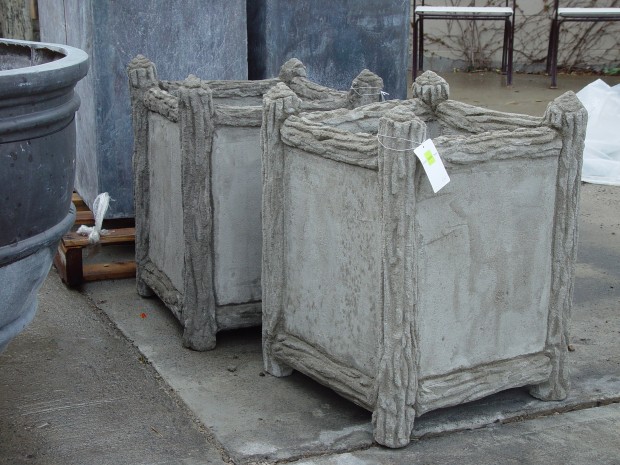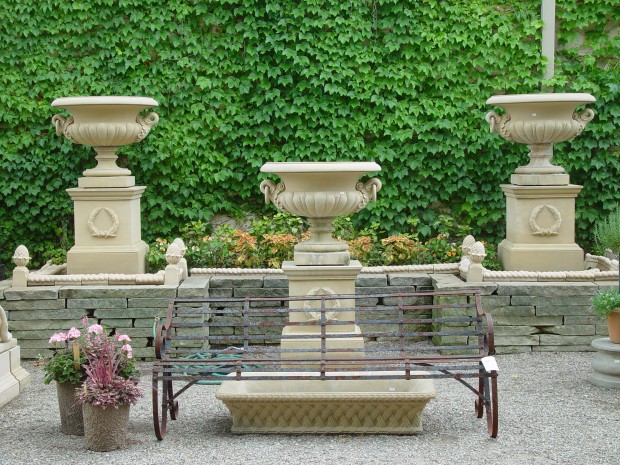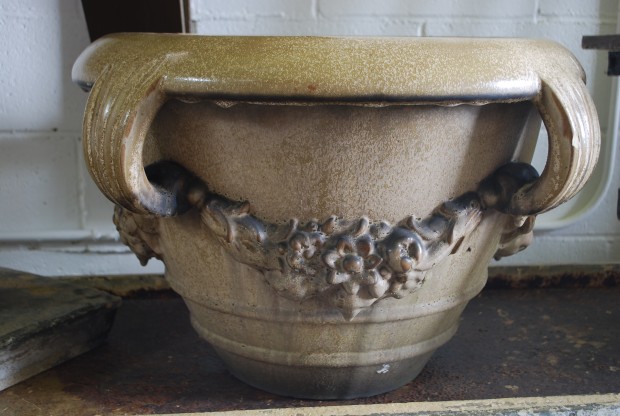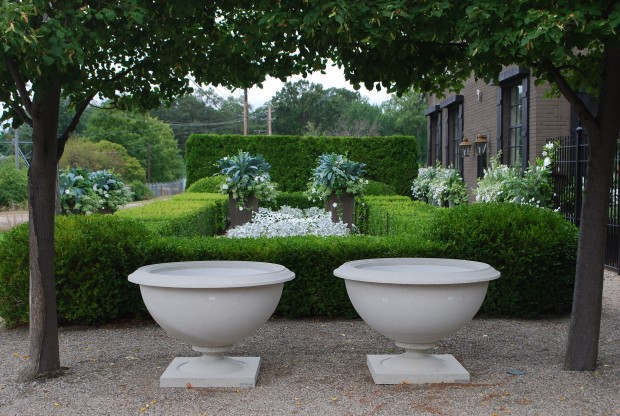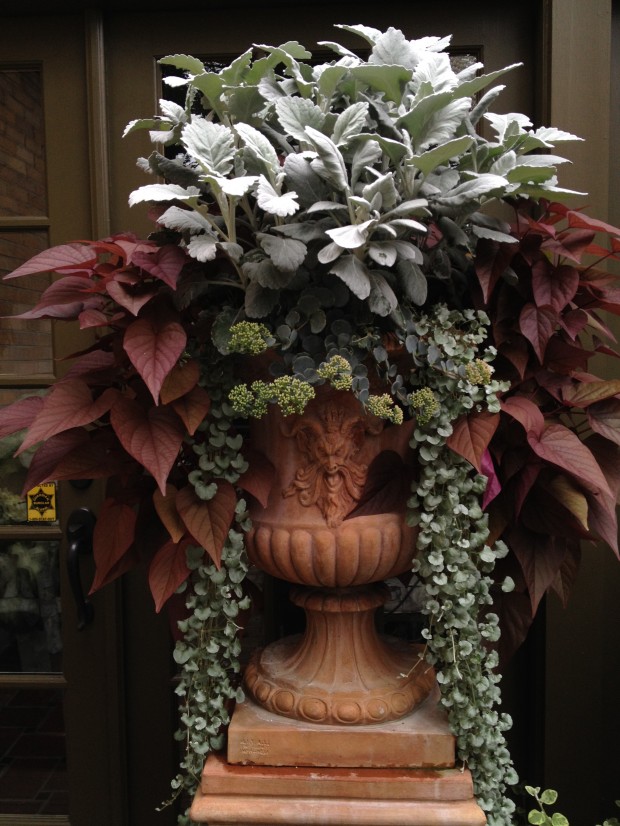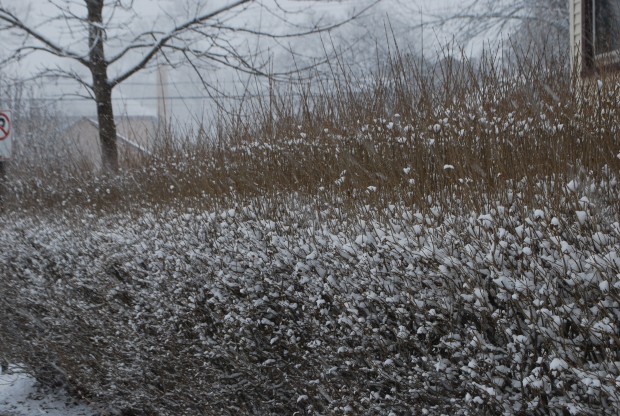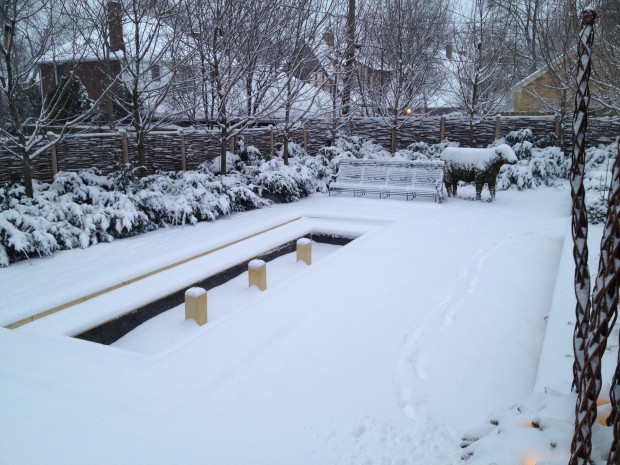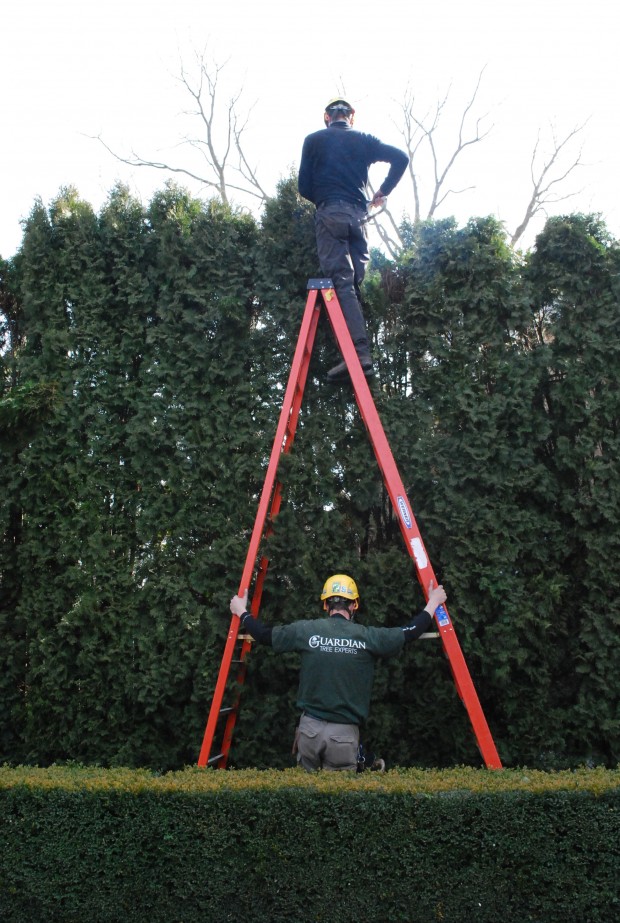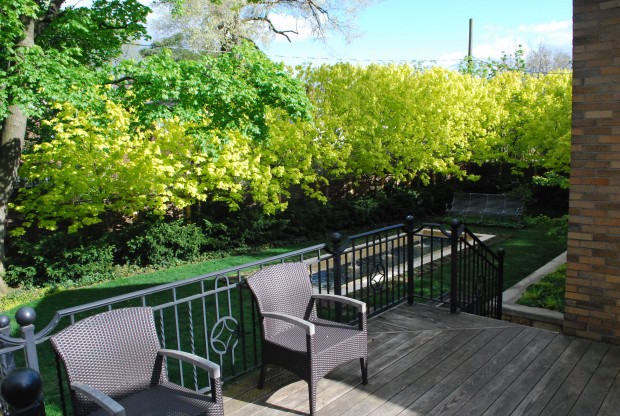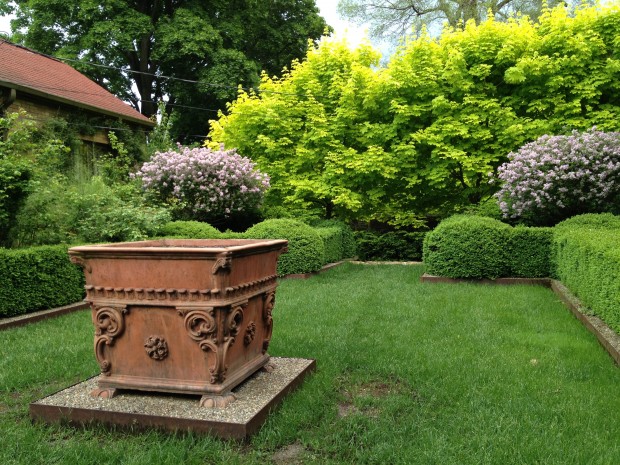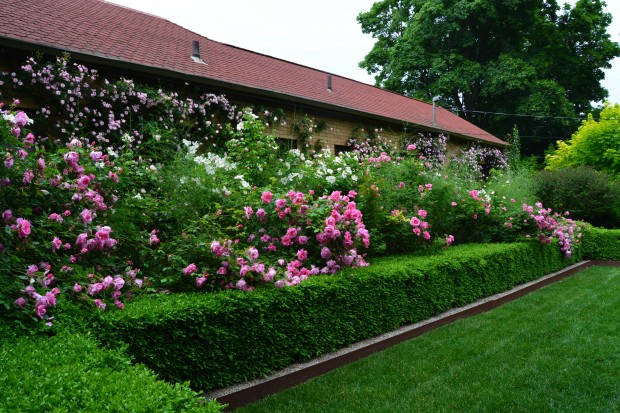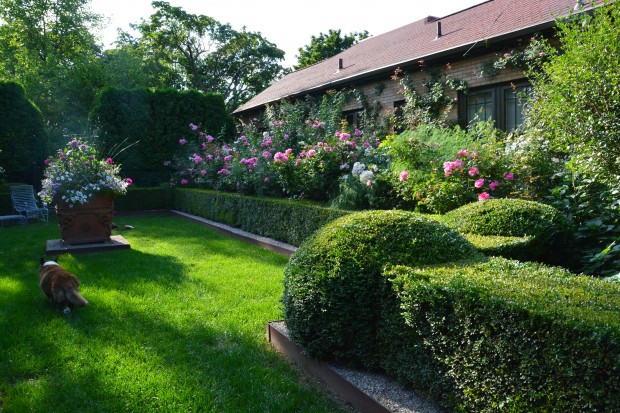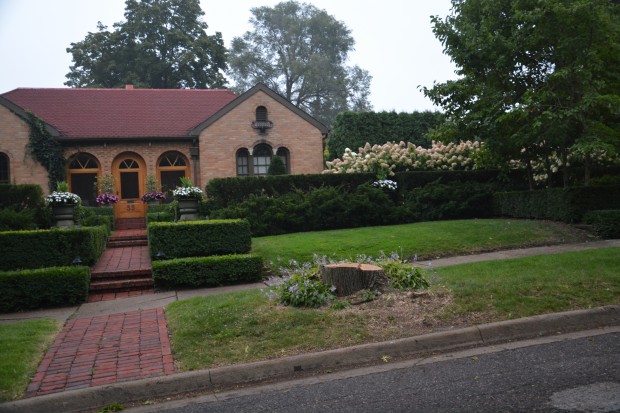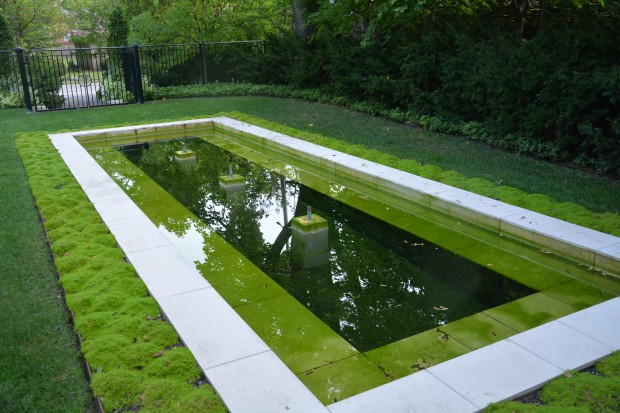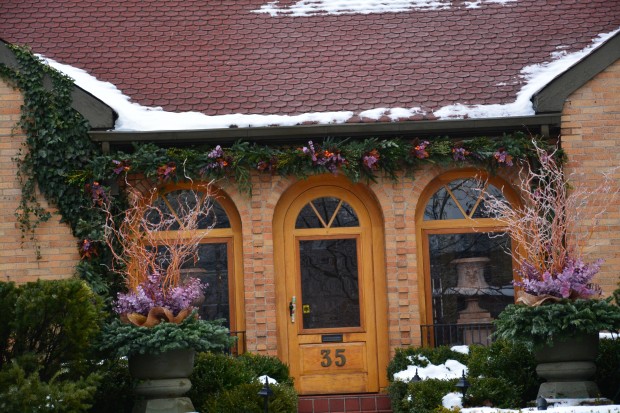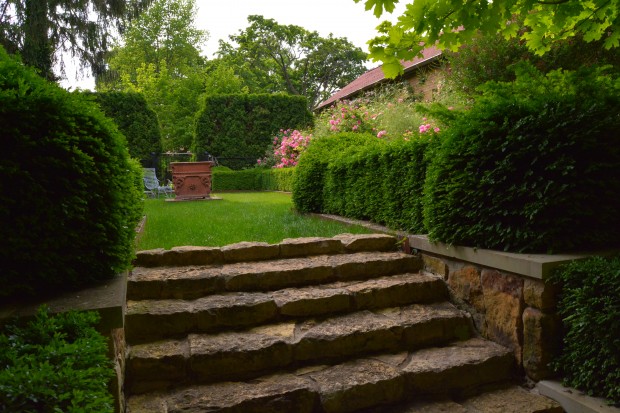 It was 9 degrees below zero when I drove to work this morning. I could tell. The crunch of the snow underfoot was deafening. I had to keep blinking to keep my eyelashes from freezing to my face. Though I had all manner of winter gear piled on, my face stung from the cold. The corgis always dawdle in the driveway before they pony up to be loaded into the Suburban. I am ordinarily very patient about this. I like that they have a happy life-and their happy life means a minimum of interference from me. I am ok with hanging out until they are ready to be loaded up for work. Loaded up? Corgis have really short legs. I give the both of them a big leg up. I tell myself that loading and unloading two fifty pound dogs twice every day helps keep me in good shape. I treasure this illusion! This morning, their dawdling annoyed me. It was too cold to be outside.
It was 9 degrees below zero when I drove to work this morning. I could tell. The crunch of the snow underfoot was deafening. I had to keep blinking to keep my eyelashes from freezing to my face. Though I had all manner of winter gear piled on, my face stung from the cold. The corgis always dawdle in the driveway before they pony up to be loaded into the Suburban. I am ordinarily very patient about this. I like that they have a happy life-and their happy life means a minimum of interference from me. I am ok with hanging out until they are ready to be loaded up for work. Loaded up? Corgis have really short legs. I give the both of them a big leg up. I tell myself that loading and unloading two fifty pound dogs twice every day helps keep me in good shape. I treasure this illusion! This morning, their dawdling annoyed me. It was too cold to be outside.
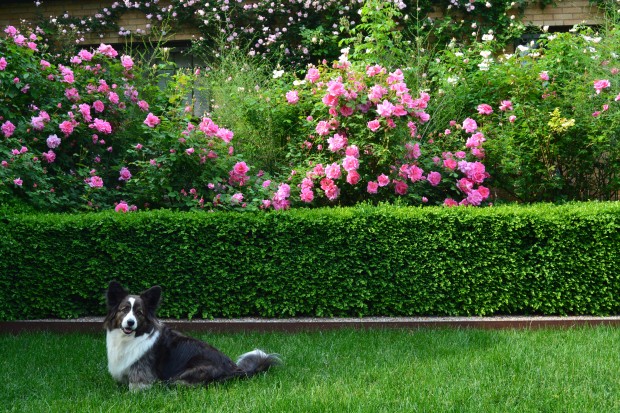 Over the course of the day I downloaded scads of pictures on my Iphone to my computer. A day when it is really too cold to be outdoors is a really rare day. A day confined to the inside is not my most favorite day, but confining circumstances can make for some unexpected pleasure. Pictures that I took in June of this past year-I was looking at them for the first time. The roses-how beautiful they were.
Over the course of the day I downloaded scads of pictures on my Iphone to my computer. A day when it is really too cold to be outdoors is a really rare day. A day confined to the inside is not my most favorite day, but confining circumstances can make for some unexpected pleasure. Pictures that I took in June of this past year-I was looking at them for the first time. The roses-how beautiful they were.
 There are those gardeners who would choose to pass by a planting of roses. Too much trouble to grow. Too much a symbol of the history of gardens. No doubt rose bushes are just about the most ungainly and unattractive shrubs ever to grace the earth. But I would not want my garden to do without them.
There are those gardeners who would choose to pass by a planting of roses. Too much trouble to grow. Too much a symbol of the history of gardens. No doubt rose bushes are just about the most ungainly and unattractive shrubs ever to grace the earth. But I would not want my garden to do without them.
 I only grow a few roses. Carefree Beauty, and Earthsong, bred by Griffith Buck. Jeannie Le Joie-a miniature climbing rose. Eden-a large flowered climbing rose. And the English bred shrub rose Sally Holmes.
I only grow a few roses. Carefree Beauty, and Earthsong, bred by Griffith Buck. Jeannie Le Joie-a miniature climbing rose. Eden-a large flowered climbing rose. And the English bred shrub rose Sally Holmes.
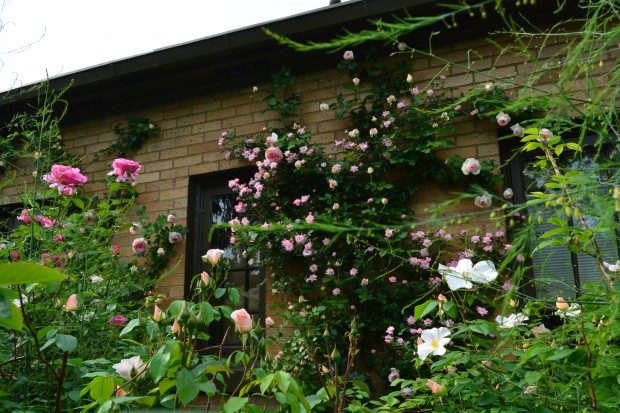 The most of the month of June is a delight to this gardener. The roses play no small part in this. I love the flowers and the fragrance. On a freezing January day that keeps me inside, the memory of the roses comfort me.
The most of the month of June is a delight to this gardener. The roses play no small part in this. I love the flowers and the fragrance. On a freezing January day that keeps me inside, the memory of the roses comfort me.
 The roses in June fuel my love for the garden, year round. On this astonishingly cold and discouraging day, I like the idea that my 2014 gardening season will be coming up roses.
The roses in June fuel my love for the garden, year round. On this astonishingly cold and discouraging day, I like the idea that my 2014 gardening season will be coming up roses.
